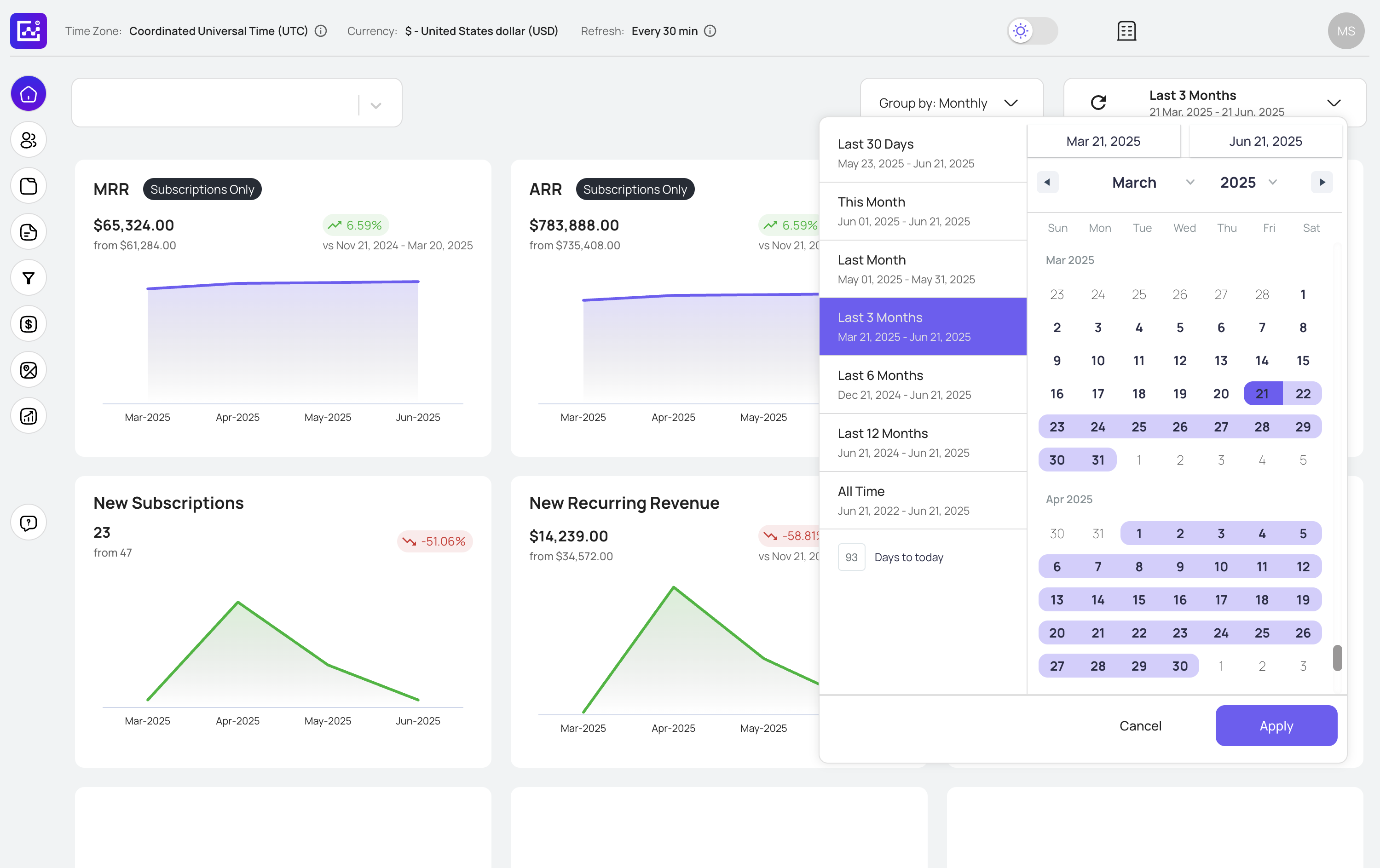Customer Value Visualization
See how customer value accumulates over time and understand the true impact of customer retention on your bottom line. This visual breakdown shows you exactly when customers become profitable and how much value they generate.
Use the slider to model different retention scenarios and see how extending customer relationships dramatically impacts your revenue potential.


